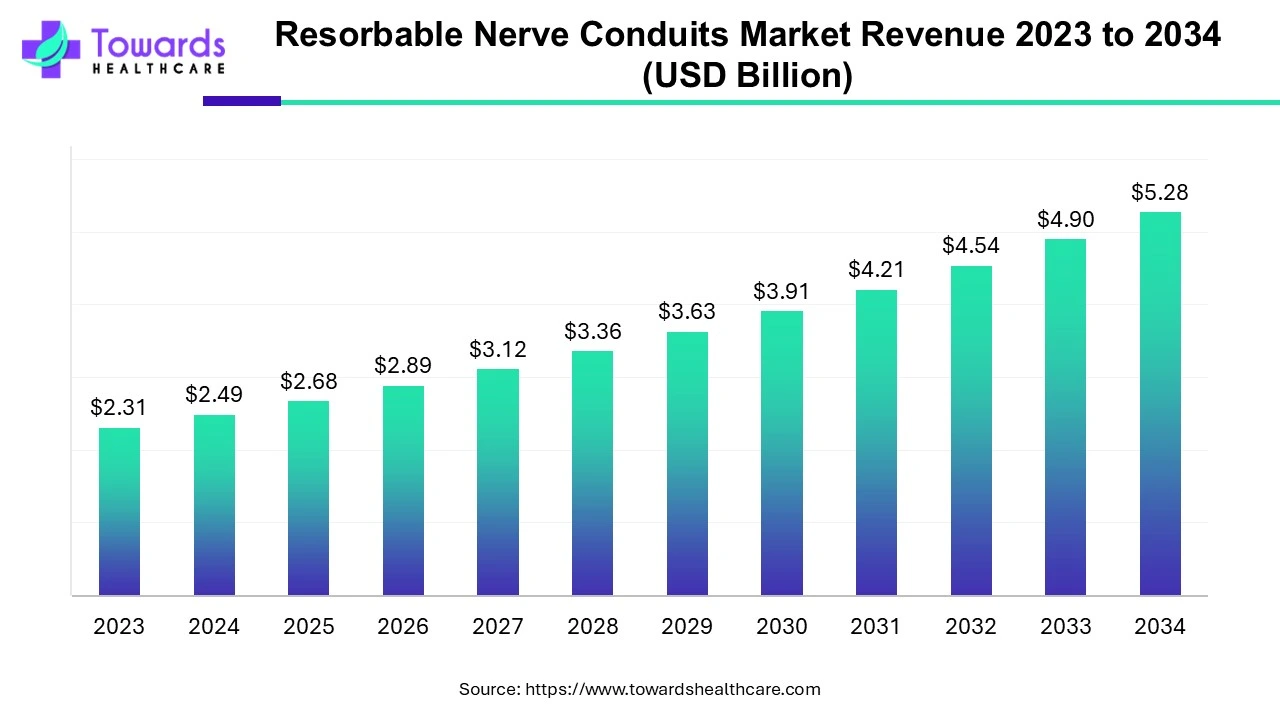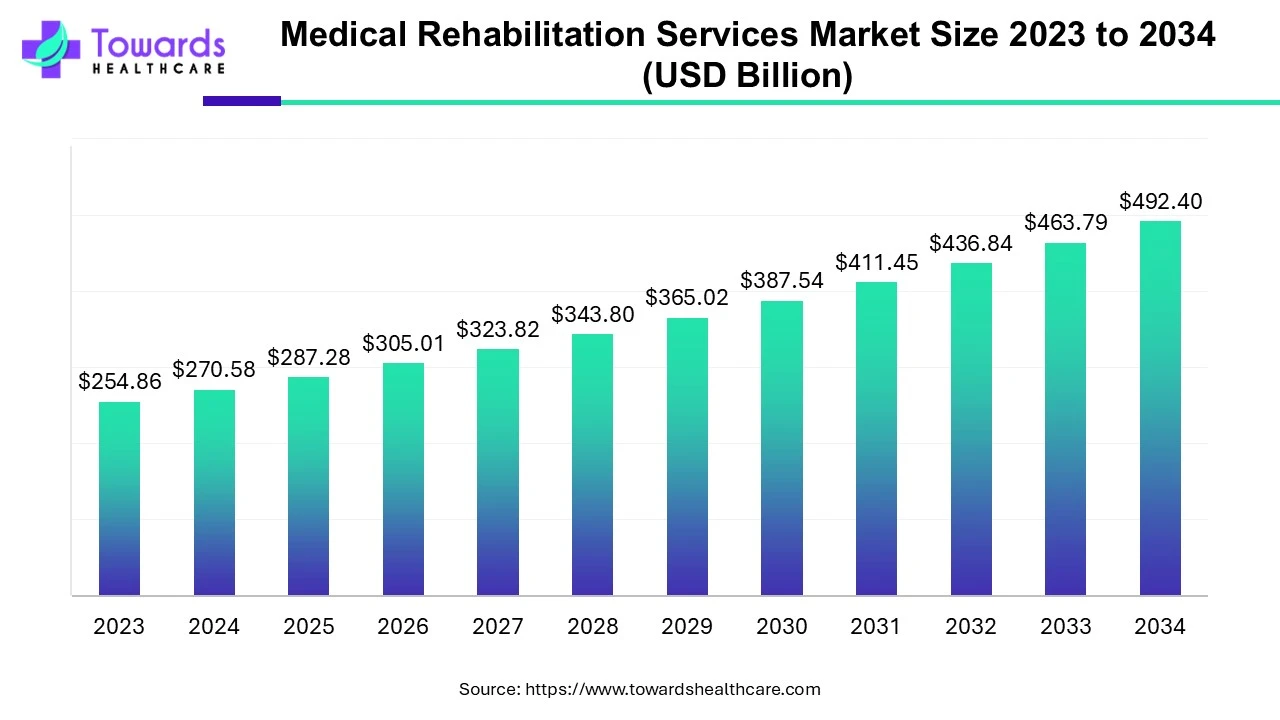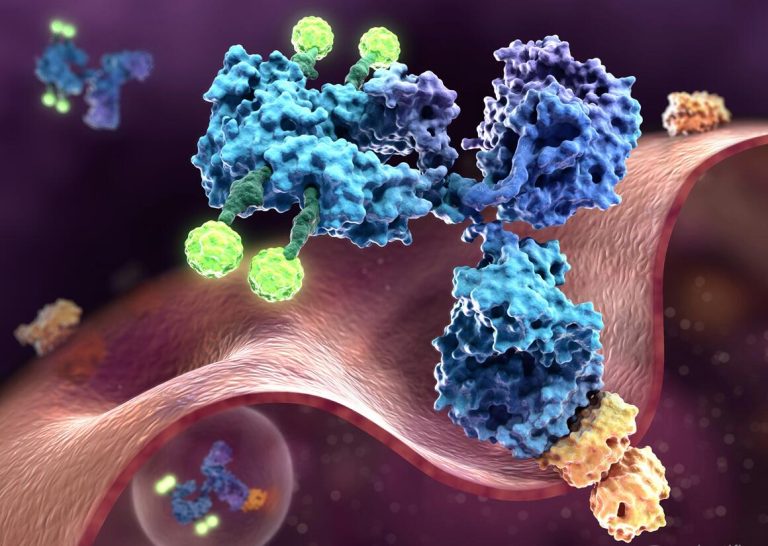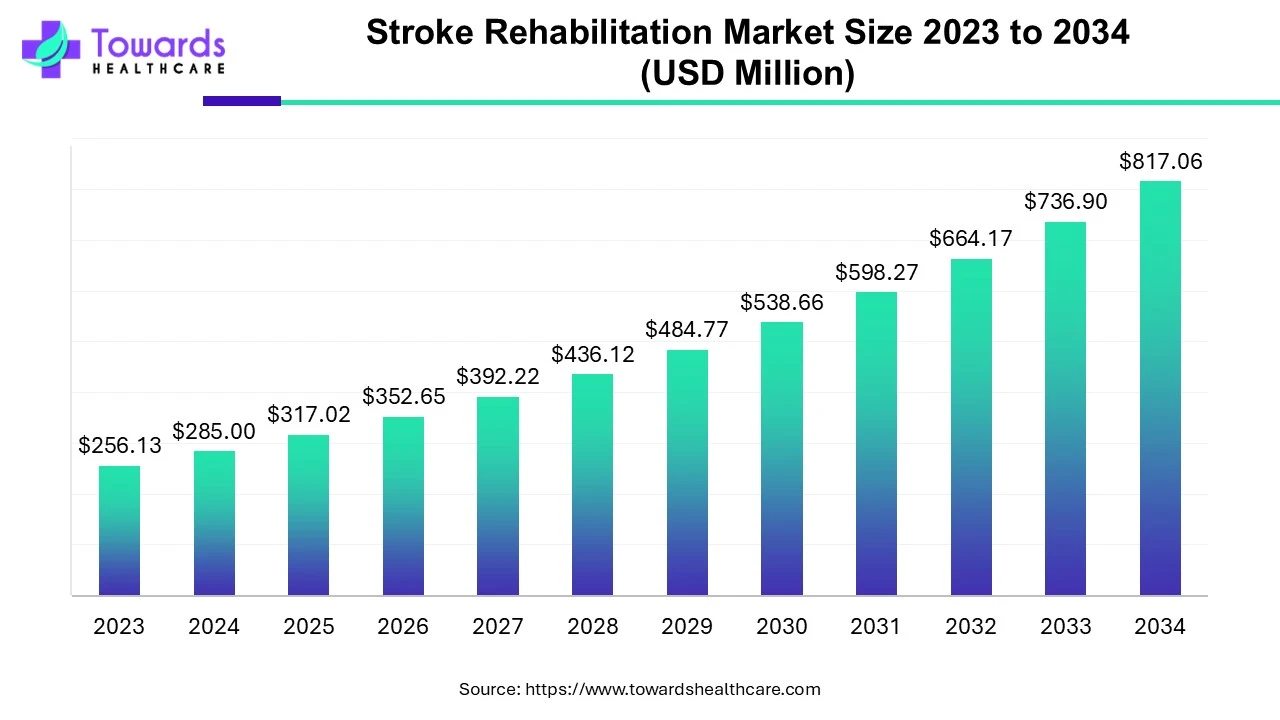Resorbable Nerve Conduits Market Insights
The global resorbable nerve conduits market size was estimated at US$ 2.31 billion in 2023 and is projected to grow to US$ 5.28 billion by 2034, rising at a compound annual growth rate (CAGR) of 7.8% from 2024 to 2034. The rising demand to treat nerve injuries by reducing the risk of inflammation and regenerating nerve with the presence of foreign body is increasing the adoption of resorbable nerve conduit market.

Download statistics of this report @ https://www.towardshealthcare.com/download-statistics/5319
Market Overview
Resorbable nerve conduit devices may be derived from natural or synthetic materials. Utilization of a resorbable PGA (polyglycolic acid) tube filled with collagen sponge restores both sensory and motor electrophysiological functions. This technique is also considered superior to an autograft technique. The combination of a resorbable synthetic tube with biological factors leads the way in advancing the future. This strategy encourages and hastens nerve growth. The incorporation of several neurotrophic factors has demonstrated the capability to promote axonal growth in vitro. However, its use in vivo is still undiscovered.
Resorbable Nerve Conduits Market Trends
- In September 2024, the US Food and Drug Administration (FDA) granted breakthrough therapy designation (BTD) to Neuraptive Therapeutics Inc.’s NTX-001 for the treatment of patients with peripheral nerve injury requiring repair. The BTD is awarded on the promising result of the Phase II NEUROFUSE study and as per US regulations.
- In January 2024, Nalu Medical, a privately held commercial medical device company, announced $65 million in equity financing to support their minimal invasive neurostimulation product. The company has received FDA approval for spinal cord stimulation and peripheral nerve stimulation technology to treat patients with chronic neuropathic pain.
Emerging Biomaterial: Opportunity of Resorbable Nerve Conduits Market
The innovation of biodegradable nanomaterial is expected to be beneficial for manufacturing new nerve conduits. Combining an adequate density and 3D structure to design a scaffold with Schwann Cells can replicate Bands of Büngner to enhance the regrowth of axons in the peripheral nerve injury. To eliminate the immune rejection. Schwann Cells can be withdrawn from either umbilical stem cells or other tissues such as autologous adipose tissue. This collaboration application of tissue, cell and genetic engineering can provide promising results in better functional recovery of peripheral nerve injury.


